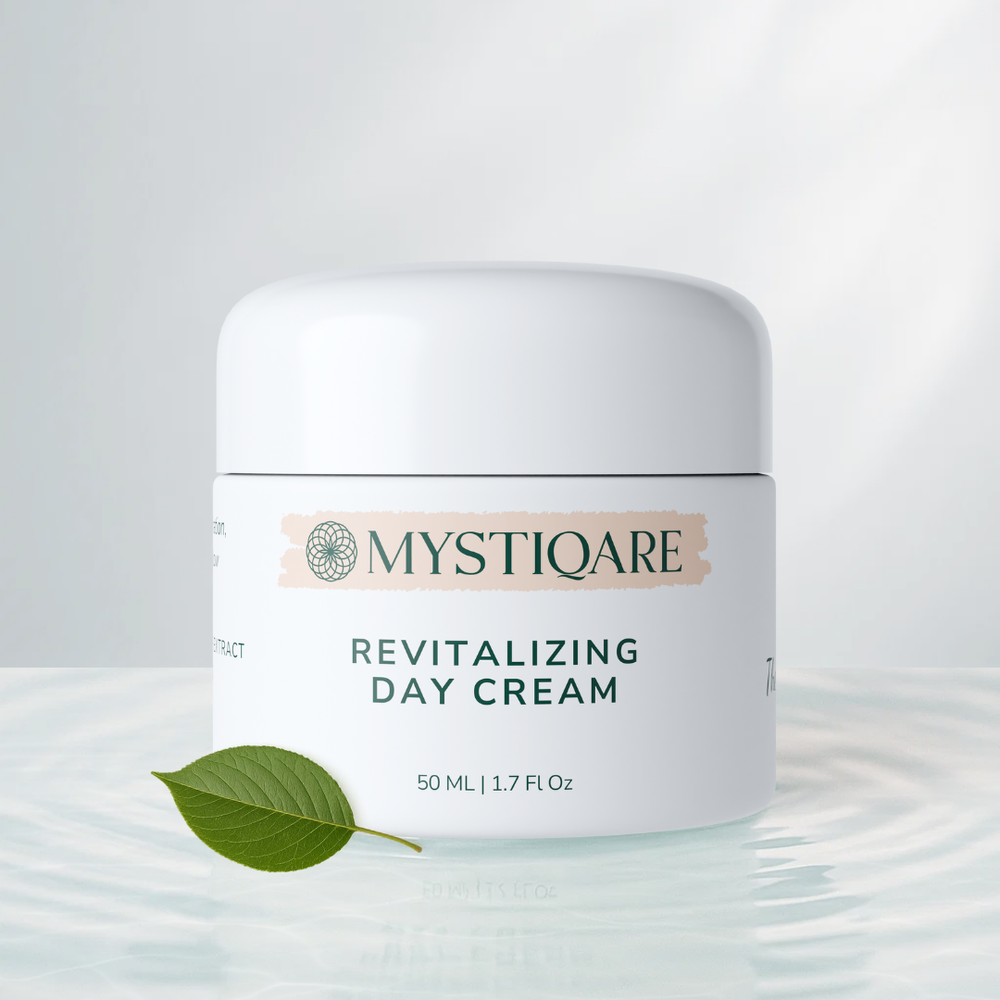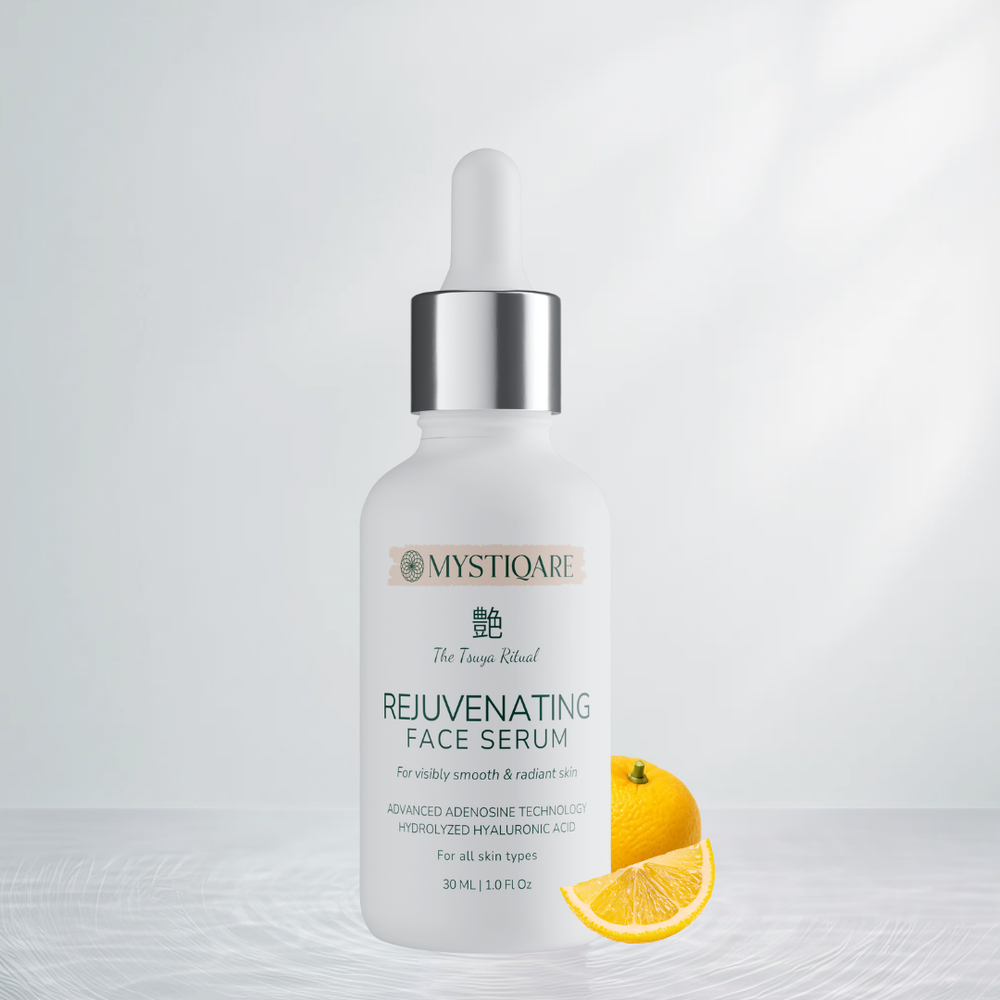Hydrolyzed Hyaluronic Acid
Key Benefits
Hyaluronic acid (HA) is a powerful humectant widely used in skincare for its hydrating and anti-aging properties.
The molecule comes in various sizes. Native “high-molecular-weight” (HMW) HA (often 1,000– 2,000 kDa
or larger) tends to remain on the skin surface, whereas “hydrolyzed” HA refers to enzymatically or chemically broken down HA of low molecular weight (LMW) (tens or a few hundred kDa, sometimes <50 kDa). Differences in molecular size can lead to different skincare benefits and modes of action.
Origin
Hyaluronic acid (HA) is a naturally occurring polysaccharide found in the human body, primarily in connective tissues, skin, and eyes. It was first identified in 1934 by two scientists, Karl Meyer and John Palmer, in the vitreous humor (the gel-like substance) of the cow's eye. Its name is derived from "hyalos," the Greek word for "glass," referring to its glass-like appearance when extracted, and "uronic acid" due to its chemical structure.
History
· 1934: Hyaluronic acid was discovered by Meyer and Palmer while studying the vitreous body of a cow’s eye.
· 1942: HA was isolated and identified as a crucial component in the skin’s extracellular matrix, with unique properties like its ability to retain moisture.
· 1980s-1990s: The popularity of HA surged as its benefits in maintaining skin hydration became more understood, especially in the beauty industry. It was also used for medical applications like joint injections for osteoarthritis and eye surgeries.
· 2000s-Present: HA became a key ingredient in cosmetic and skincare formulationsdue to its exceptional moisture-binding properties and its ability to improve skin elasticity and appearance. It's now widely used in everything from moisturizers to injectable fillers, reflecting its versatility and effectiveness in various industries.
Did you Know
Hydrolyzed HA (Low-MW) vs. High-MW HA: Key Differences Across Skin Concerns
· Next-Gen Bio-Fermented HA Technology
Precision-fermented HA delivers ultra-pure, tunable low-MW fragments that penetrate up to 120 µm, boost tight-junction proteins (Occludin +42%, ZO-1 +29%), and sustain hydration (+106% over 72 h) for enhanced barrier strength
and long-lasting moisture
· Deep Hydration
- Hydrolyzed HA: Penetrates into the stratum corneum and viable epidermis, achieving 63–78% absorption for “inner” moisture.
- High-MW HA: Remains on the surface, forming a moisture-locking film that reduces TEWL by ~15.6%, but doesn’t deeply hydrate.
· Anti-Aging & Collagen Support
o Hydrolyzed HA: Stimulates type I collagen and lowers MMP-1 in dermal cells, delivering ~10% wrinkle reduction in 60 days and improved elasticity.
o High-MW HA: Provides instant plumping of fine lines via surface hydration, with limited effect on deeper wrinkles or direct collagen synthesis.
· Oily Skin & Sebum Regulation
o Hydrolyzed HA: Lightweight, fast-absorbing fragments modulate sebaceous glands—clinical trials show significant sebum reduction.
o High-MW HA: Non-comedogenic and soothing, it hydrates without greasiness but does not actively regulate oil production.
· Pore Refining
o Hydrolyzed HA: Intradermal studies demonstrate ~40% average reduction in pore size by plumping and supporting the dermal matrix around follicles.
o High-MW HA: Can temporarily smooth the surface,
making pores less pronounced, but lacks evidence for long-term pore size
reduction.
· Barrier Function & TEWL
o Hydrolyzed HA: Upregulates barrier proteins (filaggrin, occludin, ZO-1) and reinforces skin defenses from within; best when paired with occlusives.
o High-MW HA: Excels at creating an occlusive surface layer that immediately cuts TEWL, ideal for volatile climates or
post-procedure care.
In short, next-gen, bio-fermented HA combines ultra-pure, tunable molecular weights with powerful barrier-and-microbiome support—elevating hydration and resilience beyond what conventional sodium hyaluronate can deliver. Following are the statements taken from various studies, published literature, patents & scientific data that how Hydrolyzed HA is better than HA for various topical applications
Science
Science of Hyaluronic Acid
Hyaluronic Acid (HA) is a naturally occurring glycosaminoglycan, a type of molecule that forms part of the extracellular matrix in connective tissues. It has a unique ability to attract and hold water, making it a powerful humectant. Here's a breakdown of its role in skin and hydration:
1. Molecular Structure
· HA is composed of long chains of disaccharide units (repeating pairs of sugar molecules) that form a gel-like substance.
· This structure allows HA to hold a significant amount of water — approximately 1 gram of HA can bind up to 6 liters of water.
· The molecule is highly hydrophilic (water-attracting), which is why it's such an effective moisture binder.
2. Hydration Mechanism
· Skin Penetration: When applied topically, HA binds to water molecules from theenvironment and the deeper layers of the skin.
· Water Retention: Once the HA molecules are absorbed, they help hydrate and plump the skin by pulling moisture into the skin cells. This process leads to a smoother, more hydrated complexion.
· Aquaporin Activation: HA influences the skin's natural water channels, called aquaporins, helping to transport moisture deeper into the skin layers, further enhancing hydration.
3. Benefits to Skin
· Hydration: HA provides long-lasting hydration by maintaining moisture levels in the skin, essential for healthy, youthful-looking skin.
· Improved Skin Texture: As it pulls water into the skin, it can help reduce the appearance of fine lines and wrinkles, making the skin appear plump and smooth.
· Barrier Function: HA helps maintain skin barrier integrity, preventing water loss and protecting against environmental stressors like pollution and UV radiation.
· Wound Healing: HA accelerates tissue repair and promotes healing, making it a valuable ingredient in products designed for sensitive or damaged skin.
4. In Vivo Studies
· Clinical studies have shown that HA can stimulate collagen synthesis and increase the thickness of the dermis, making it a potent anti-aging ingredient.
· Hydration Pathways: Research indicates that HA can increase the skin's natural ability to retain moisture, improving hydration pathways at the cellular level.




